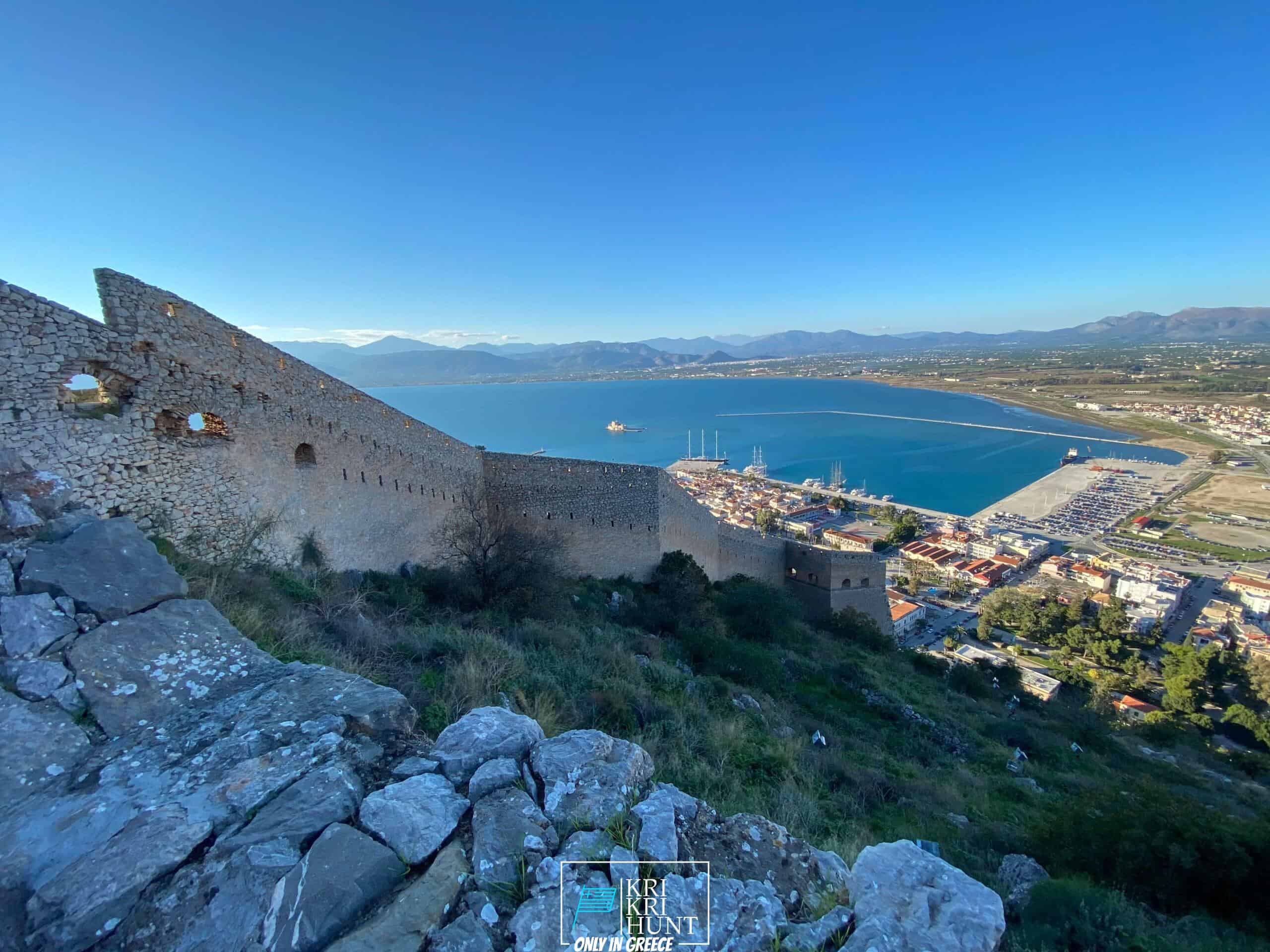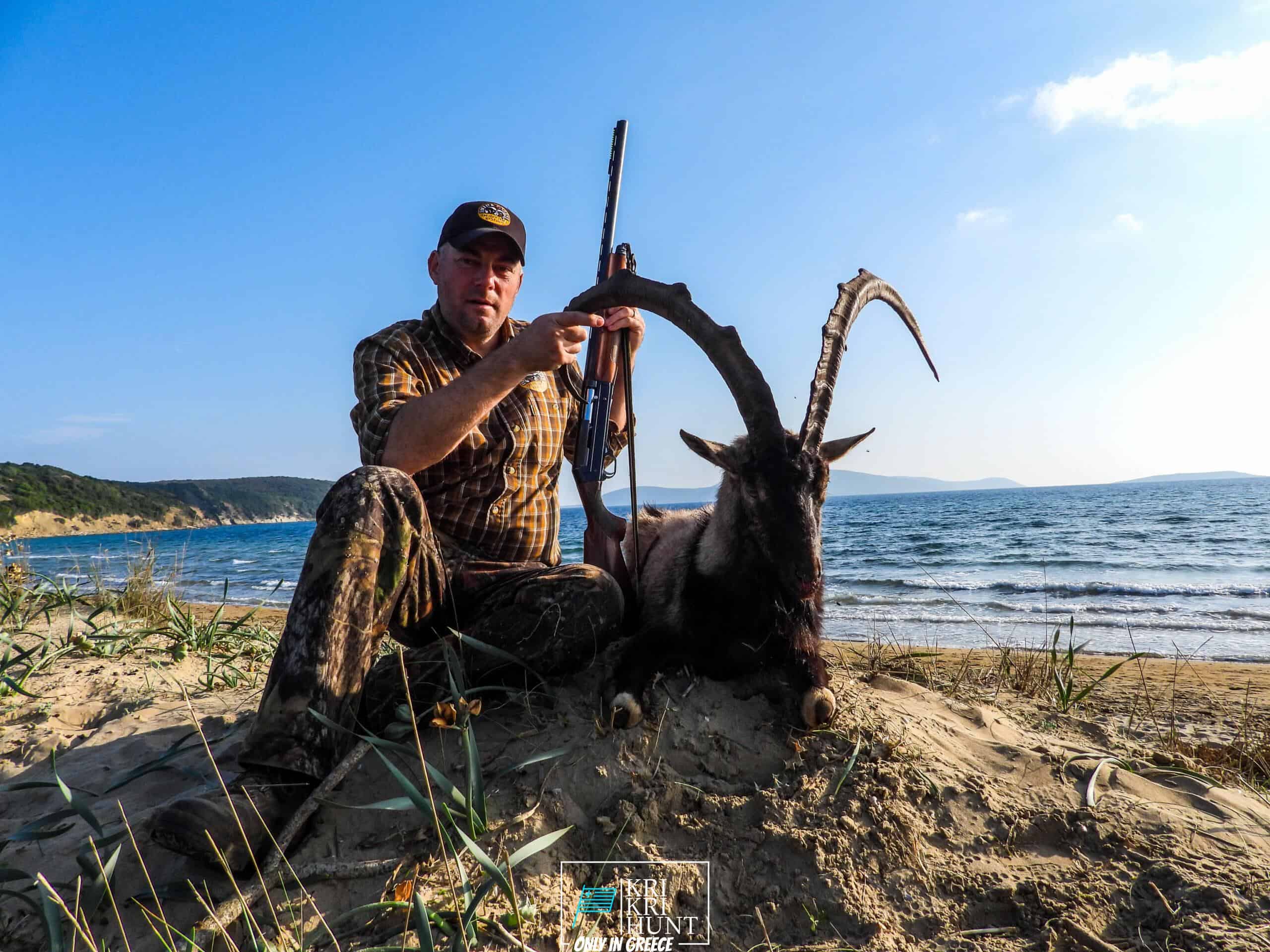Endure your kri kri ibex hunting dreams in Sapientza, Greece!
Endure your kri kri ibex hunting dreams in Sapientza, Greece!
Blog Article

Hunting for Kri Kri ibex in Greece is an unbelievable vacation as well as an interesting searching exploration all rolled into one. For many seekers, ibex searching is a challenging endeavor with unpleasant problems, yet not in this case! During five days of touring ancient Greece, diving to shipwrecks, and spearing, you'll come across stunning Kri Kri ibex on an exotic island. What else could you desire?

The number of tags fluctuates as well since the ibex population is ever-changing. The Kri-Kri, in spite of being the smallest ibex in regards to body weight (Capra Aegagrus Cretica), has long. A couple of samplings that were not counted determined 115 centimeters. The gold trophy is 61 centimeter (24 inches) in length. Hunting of Kri-Kri ibexes, is currently permitted on Atalanti and Sapientza in Greece (Capra Aegagrus Cretica). Beginning on Atalanti in the last week of October and also the very first week of December, ibex hunting is allowed. Hunting is permitted the whole month of November in Sapientza, as long as the climate agrees with.
The first thing you will see when you arrive in the Peloponnese peninsula is the strikingly gorgeous landscape. The mountains, lakes, rivers, and also woodlands make this area a nature lover's paradise. There are likewise a lot of chances for hiking, angling, swimming, as well as various other outside tasks. The Peloponnese peninsula is not simply concerning its natural elegance; there are also countless historical as well as social sites to discover. Do not fail to remember likewise angling, free-diving and hunting. Some of the most prominent traveler destinations in the Peloponnese consist of old Olympia, Epidaurus, Mycenae, and Sparta. These locations offer a remarkable peek into Greece's abundant background and culture. If you want learning more regarding Greek folklore, after that you will definitely wish to check out Mount Olympus, residence of the 12 Olympian gods. Of course, no trip to Greece would be total without attempting a few of the scrumptious food. The Peloponnese peninsula is residence to several of the best olive oil in the world as well as feta cheese, olives, honey, as well as white wine. Make certain to attempt a few of the neighborhood specializeds such as dolma (stuffed grape leaves), Souvlaki (barbequed meat skewers), and also Gyro (meat wrapped in pita bread).
If you're seeking an authentic Greek experience, after that look no further than our exterior hunting in Greece with fishing, and complimentary diving trips of Peloponnese. This is an unforgettable means to see every little thing that this remarkable area needs to supply. Book your trip today!
What is the diference between Kri Kri ibex, Bezoar ibex and hybrid ibex
The kri-kri is not thought to be indigenous to Crete, most likely having been imported to the island during the time of the Minoan civilization. Nevertheless, it is found nowhere else and is therefore endemic to Crete. It was common throughout the Aegean but the peaks of the 8,000 ft (2,400 m) White Mountains of Western Crete are their last strongholds–particularly a series of almost vertical 3,000 ft (900 m) cliffs called ‘the Untrodden’—at the head of the Samaria Gorge. This mountain range, which hosts another 14 endemic animal species, is protected as a UNESCO Biosphere Reserve. In total, their range extends to the White Mountains, the Samaria National Forest and the islets of Dia, Thodorou, and Agii Pandes.
This Ibex is NOT a diminutive form of the Bezoar Ibex, which has migrated into the western-most reach of the range of this species. The kri – kri (Capra aegagrus cretica), sometimes called the Cretan goat, Agrimi, or Cretan Ibex, is a feral goat inhabiting the Eastern Mediterranean, previously considered a subspecies of wild goat. The kri-kri has a light brownish coat with a darker band around its neck. It has two horns that sweep back from the head. In the wild they are shy and avoid tourists, resting during the day. The animal can leap some distance or climb seemingly sheer cliffs.
“The agrimi goat Capra aegagrus cretica is unique to Crete and its offshore islands. It has been identi®ed as a sub-species of the wild bezoar goat Capra aegagrus aegagrus Erxleben, 1777, which it closely resembles in horn shape, body form and coloration. This classi®cation has been disputed by some researchers who claim that the agrimi are feral goats, derived from early domestic stock brought to the island by the ®rst Neolithic settlers. In order to clarify this issue, DNA analyses (cytochrome b and D loop sequences) were carried out on tissue of live and skeletonized agrimi and compared to sequences of wild and domestic caprines. Results conclusively show the agrimi to be a feral animal, that clades with domestic goats (Capra hircus) rather than with wild Asiatic bezoar. This study demonstrates that morphometric criteria do not necessarily re¯ect genetic af®nities, and that the taxonomic classi®cation of agrimi should be revised.”
Report this page